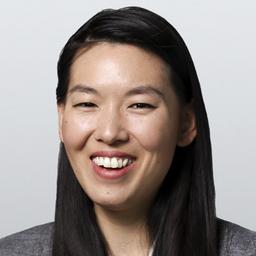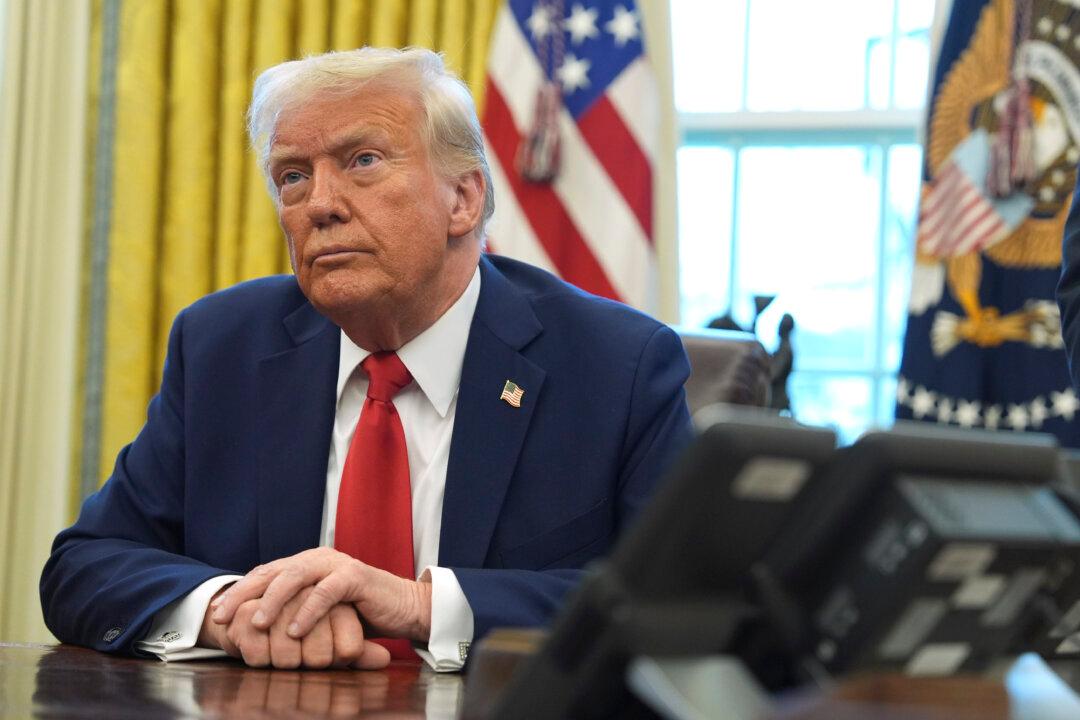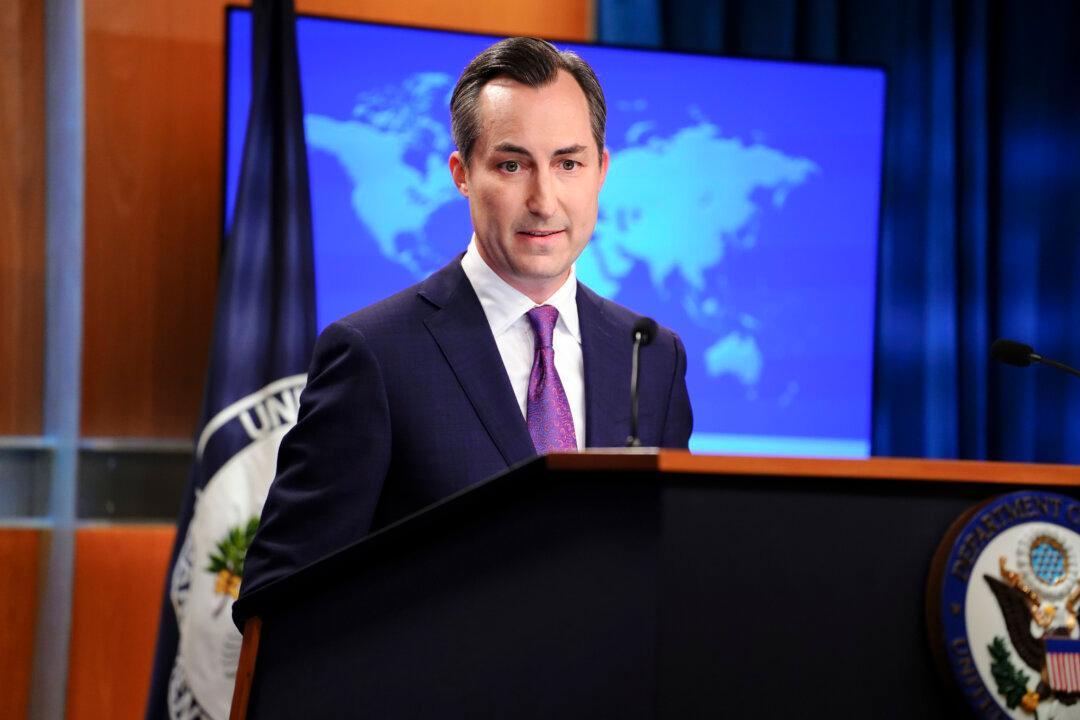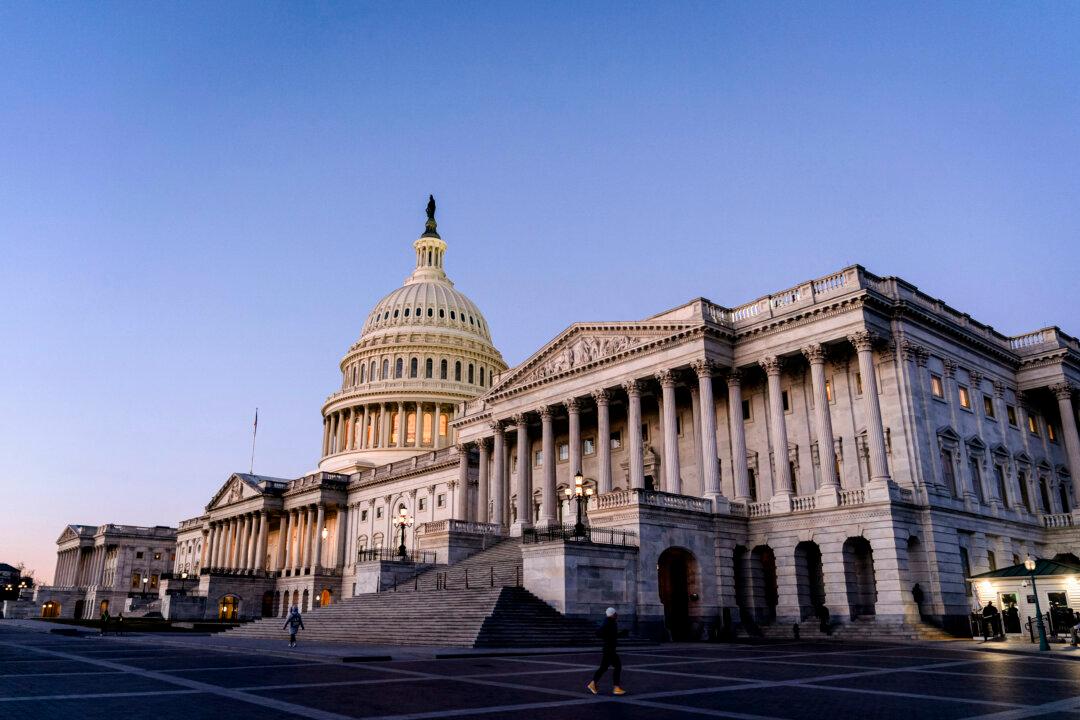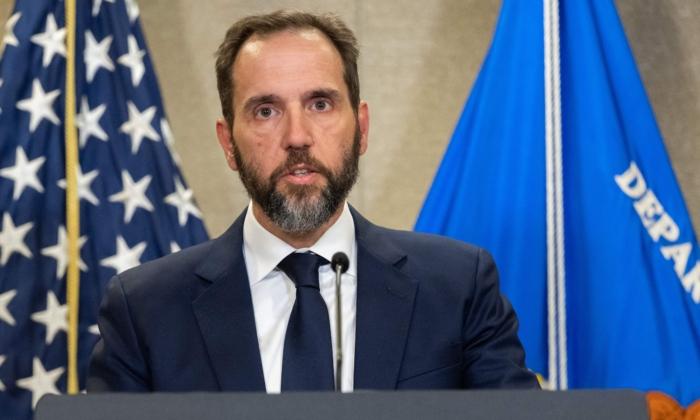More than half a million people took to the streets of Hong Kong on July 1—the 22nd anniversary of the city’s handover from British to Chinese rule—to demand a controversial extradition bill be scrapped.
Every year, waves of Hongkongers participate in a rally opposing the Chinese regime’s encroachment over the city’s affairs on July 1.
The march is themed around a different issue every year. This year, protesters called for the formal withdrawal of a proposed extradition law that would allow people to be transferred to mainland China for trial. Opponents say the bill would erode the city’s autonomy—given China’s opaque legal system and disregard for the rule of law—and jeopardize Hong Kong’s status as a financial hub.
In recent weeks, growing protests against the bill pressured the city’s leader to announce on June 15 that the bill would be indefinitely suspended. But many Hongkongers remained unsatisfied, demanding a full withdrawal and the resignation of the city’s leader.
Thousands March
Earlier in the day, hundreds of thousands marched in temperatures of around 91 degrees Fahrenheit, setting out from Victoria Park.Participants of the march were shouting “Carrie Lam step down, Withdraw the evil law.”
Organizers said 550,000 turned out, while police said there were 190,000 at the rally’s peak. The organizer’s figure broke the record in 2014 when 510,000 Hongkongers came out to demand universal suffrage in electing the city’s top official.
Millions of Hongkongers have taken to the streets over the past few weeks to protest the proposed extradition bill.
He added that he disagrees with how Hong Kong police had reacted with force against protesters on June 12.
Tensions flared that day when police used rubber bullets, bean bags, and tear gas to disperse crowds who had surrounded the LegCo.
Also taking part in the anniversary march were practitioners of Falun Gong, who were raising awareness of the ongoing persecution in China.
Falun Gong, also known as Falun Dafa, is an ancient spiritual practice with meditative exercises and moral teachings based on truthfulness, compassion, and tolerance. The practice became enormously popular by the late 1990s, with official estimates putting the number of adherents at about 70 million to 100 million in China.
However, former Chinese Communist Party leader Jiang Zemin viewed the group’s popularity as a threat to his rule. On July 20, 1999, Jiang launched a nationwide persecution to round up practitioners and throw them into prisons, brainwashing centers, labor camps, and psychiatric wards—in an effort to force them to abandon their faith.
The Hong Kong government, in a statement on July 1, acknowledged that the rally was conducted in a peaceful manner.
Protesters ‘Occupy’ Legislature
From the early afternoon, a separate group of roughly a thousand protesters started to lay siege to the LegCo.A small group of students wearing hard hats and masks then started using a metal trolley, poles, and scaffolding to repeatedly charge at the building’s reinforced glass doors, which finally shattered and broke at around 3 p.m.
Hundreds of protesters rushed into the building after prying open the steel security gates in the lobby at around 9 p.m. Once inside, they tore down portraits of LegCo leaders and spray-painted slogans on the walls of the main chamber, such as “Retract [the bill],” “No extradition law,” and “The people were forced to rebel by authorities.”
During earlier standoffs outside the building, police had raised red flags to warn protesters not to continue charging, or else force would be employed. Riot police in helmets and carrying batons also fired pepper spray as the standoff continued into the sweltering heat of the evening.
As protesters entered the building, the police retreated in an apparent attempt to avoid confrontations, letting the protesters take over the building.
At 10:21 p.m., about an hour after protesters entered the building, the police published a video on social media where an unnamed spokesman condemned the protesters as “rioters.” He also announced in the video that police were to arrive shortly at the scene to start “clearing the field.”
Following the police’s announcements, some protesters started retreating from the building at around 10:30 p.m., while a portion remained inside. A group of protesters reportedly locked themselves inside the main chamber, refusing to leave.
Protesters who chose to remain inside released a statement, saying: “The current government of the Special Administrative Region [Hong Kong] is no longer what Hongkongers have envisioned, and the legislature … has become a political tool.
“We are thus forced to take various noncooperative actions, and hence today’s besieging of the LegCo.”
Around midnight, however, scores of police geared with batons and shields started pushing toward the LegCo building; police then started firing tear gas to disperse protesters outside the building.
A group of police entered the building and began pounding their riot shields as they approached the main chamber. At that time, there were four protesters remaining inside.
At around 12:30 a.m., the four left the premises. Police outside began to clear away barricades that protesters earlier set up, and also fired multiple rounds of tear gas to disperse remaining crowds. The streets were cleared by 1:00 a.m.
It is unclear whether any arrests were made.
Hong Kong Chief Executive Carrie Lam condemned the violence used by the protesters.
“[The protesters’ actions] seriously affect the core values of Hong Kong’s rule of law,” Lam said at a press conference held in the early hours of July 2. “This is something that we should seriously condemn.”
She also said the incident would be thoroughly investigated.

